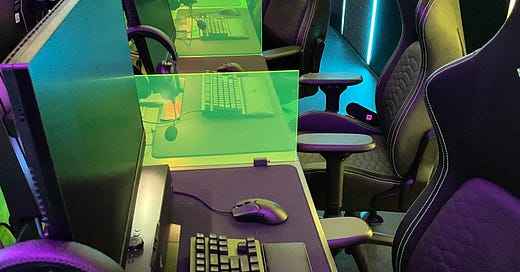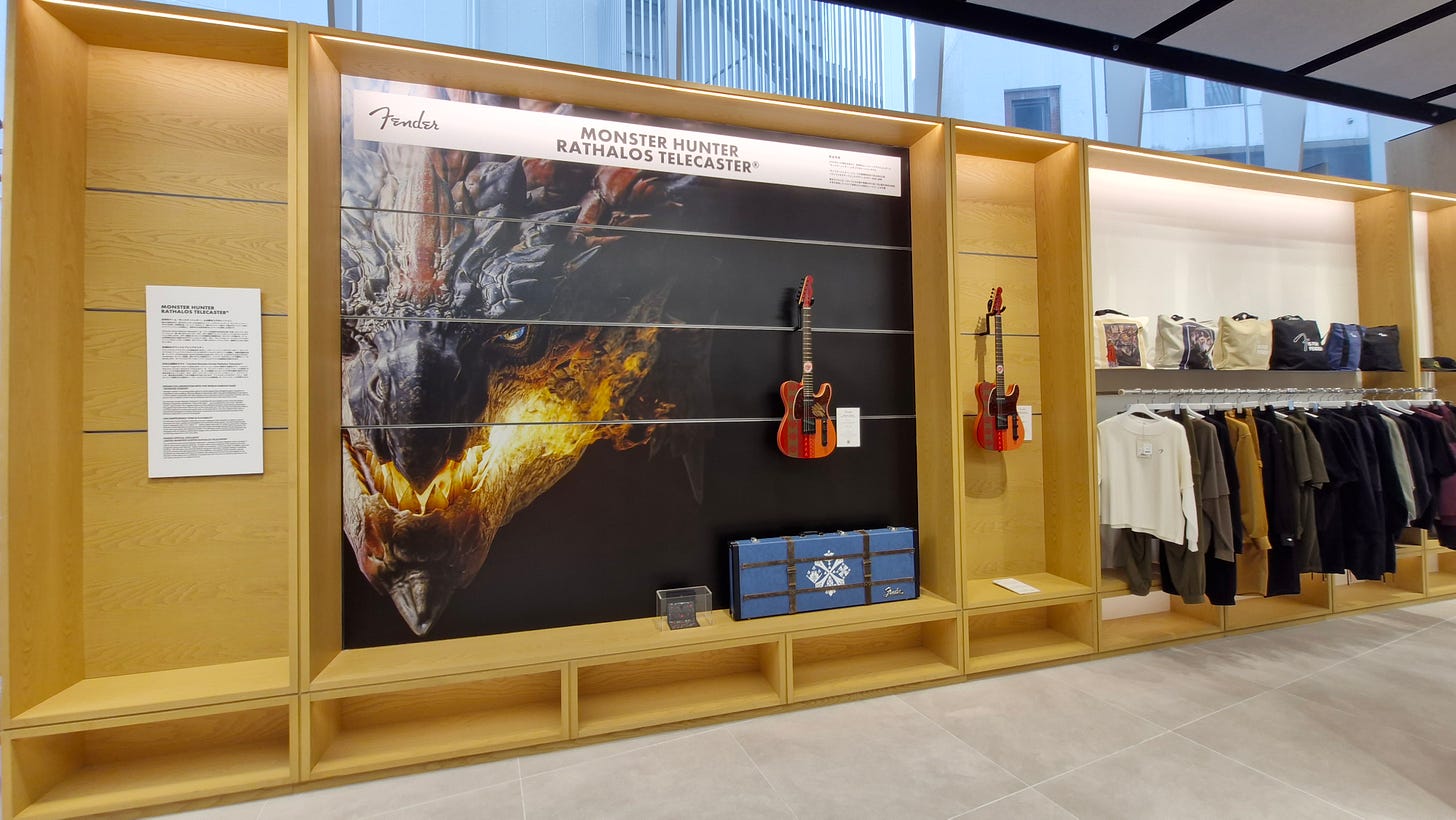Why isn’t there more gaming in retail?
Retail still doesn’t understand gaming, its customers or its potential.
The gaming industry is massive.
Various sources estimate that the global gaming market generated over $200 billion in 2024. In the UK, the gaming sector is worth more than the domestic music and film industries put together. This isn’t an isolated case – gaming is bigger than other entertainment sectors all around the world.
And its power and influence is brilliantly illustrated by what’s happening in cinema.
The Minecraft Movie has just opened, and is breaking box office records. By all accounts it’s crap - but that doesn’t matter a jot.
Minecraft is the most successful computer game of all time by most measures, and so kids have turned out in their droves.
But look more closely, and it isn’t just Minecraft that’s saving cinemas.
Last year, computer game spin-off Sonic the Hedgehog 3 was one of the 10 highest earners at the global box office. In 2023, The Super Mario Bros. Movie was the second highest-grossing film worldwide.
What’s more, movies like Minecraft, Sonic, and Super Mario are drawing a disproportionately young audience to the cinema - many for the first time.
It isn’t too much of a stretch to say that gaming is helping to save cinema.
And I wonder if it could breathe life into some dormant corners of retail too.
A surprising lack of interest
Online retail is especially well suited to selling computer games.
Even the best-known and most dominant high street gaming stores, like Game in the UK, have had to adapt, branching out into adjacent categories and merchandise, and generally hanging on by a thread.
But elsewhere, the lack of genuine interest in gaming is something I find remarkable.
I’m constantly amazed, for example, that sports retailers aren’t throwing energy and creativity into collaborations with the long-running FIFA (now re-branded as EA Sports FC) , a game which has created its own universe of adoring fans.
I’m gobsmacked that huge numbers of dull and generic electronics retailers, that currently look so vulnerable to online, aren’t partnering with new gaming titles to showcase the relevance of their own products.
Luxury brands know that all their growth is coming from younger customers, and they’re desperate to harness that. But gaming, as an idea, seems to be totally out of bounds when it comes to mainstream campaigns.
They flirted with niche concepts through the so-called metaverse or digital skins in major franchises, like Burberry’s Minecraft clothing and Ralph Lauren’s appearance in Fortnite. Some even experimented with limited collabs like Gucci’s Fnatic esports watch and Ralph Lauren’s physical Fortnite boots. But I never felt like any of those examples were anything other than peripheral.
In fact, dabbling is exactly how it feels whenever gaming collabs do pop up. Lush teamed up with The Super Mario Bros. Movie for a limited range. Schwarzkopf released Final Fantasy XIV inspired hair dyes. In Japan, we found a Monster Hunter guitar in Fender.
These collabs suggest that on some level brands see value in aligning themselves with the gaming community. And at the same time, no one is really doing it in a compelling way that feels consistent with the size and influence of the gaming industry.
Gaming ought to feed into mainstream campaigns because it’s an enormous industry that is part of mainstream culture. And – perhaps more importantly – it’s an industry dominated by consumers that so many retailers struggle to attract.
Consider that 85% of Millennials and 86% of Gen Z say they play video games. Gen Alpha is even higher at 94%.
So, why are brands consistently treating gaming like a culture to borrow from to boost sales rather than to genuinely add to?
Razer: an outlier showing the future
Razer is a great example of how gaming sits within wider culture.
Razer manufactures gaming hardware - and for serious gamers, it's the must-have brand.
It has stores, like its London flagship RazerStore in Charing Cross. You can test the gear, hang out with gamers, and most impressively, attend and participate in esports events in the basement.
The brand, and its stores, are slick, cool and premium. They speak to gamers in a way that much of the rest of the culture doesn’t.
And they represent a missed opportunity for the rest of retail. Because contrary to any stereotypes, gaming is a social activity – just like retail.
Over 330,000 people attended the world’s biggest gaming trade fair – Gamescom – last year. The vast majority of them were the general public – gaming fans, rather than industry types. And this is just one gaming event among the many that take place all over the world each year.
Even esports – by nature a digital activity – fills stadiums with in-person crowds.
Retail still doesn’t understand gaming, its customers or its potential. Many brands still view it as an odd subculture. In reality, it's fundamental in culture - and success at the cinema is the perfect proof.
The gaming industry and its adoring fans don’t care, by the way. They don’t need mainstream retail.
But I just wonder if mainstream retail needs them.





